Analyzing Market Structures: Perfect Competition to Oligopoly Impacts
VerifiedAdded on 2023/04/21
|9
|437
|174
Essay
AI Summary
This essay provides an overview of various market structures, including perfect competition, monopolistic competition, monopoly, and oligopoly, highlighting their key characteristics such as the extent of product differentiation, ease of entry and exit, the level of competition, and the strength of sellers and buyers. It discusses how these structures impact pricing and competition, noting that in perfect competition, organizations sell identical products and are price takers, while monopolistic competition involves differentiated products and some control over pricing. A monopoly features a single seller with restricted entry, and an oligopoly is dominated by a small group of firms aware of each other's actions. The essay also examines the impact of market structure on managerial decisions, illustrating how managers must consider factors like transportation costs for perishable goods in competitive markets or brand preference in monopolistic markets, using examples such as potato vendors and Gillette razors.
1 out of 9


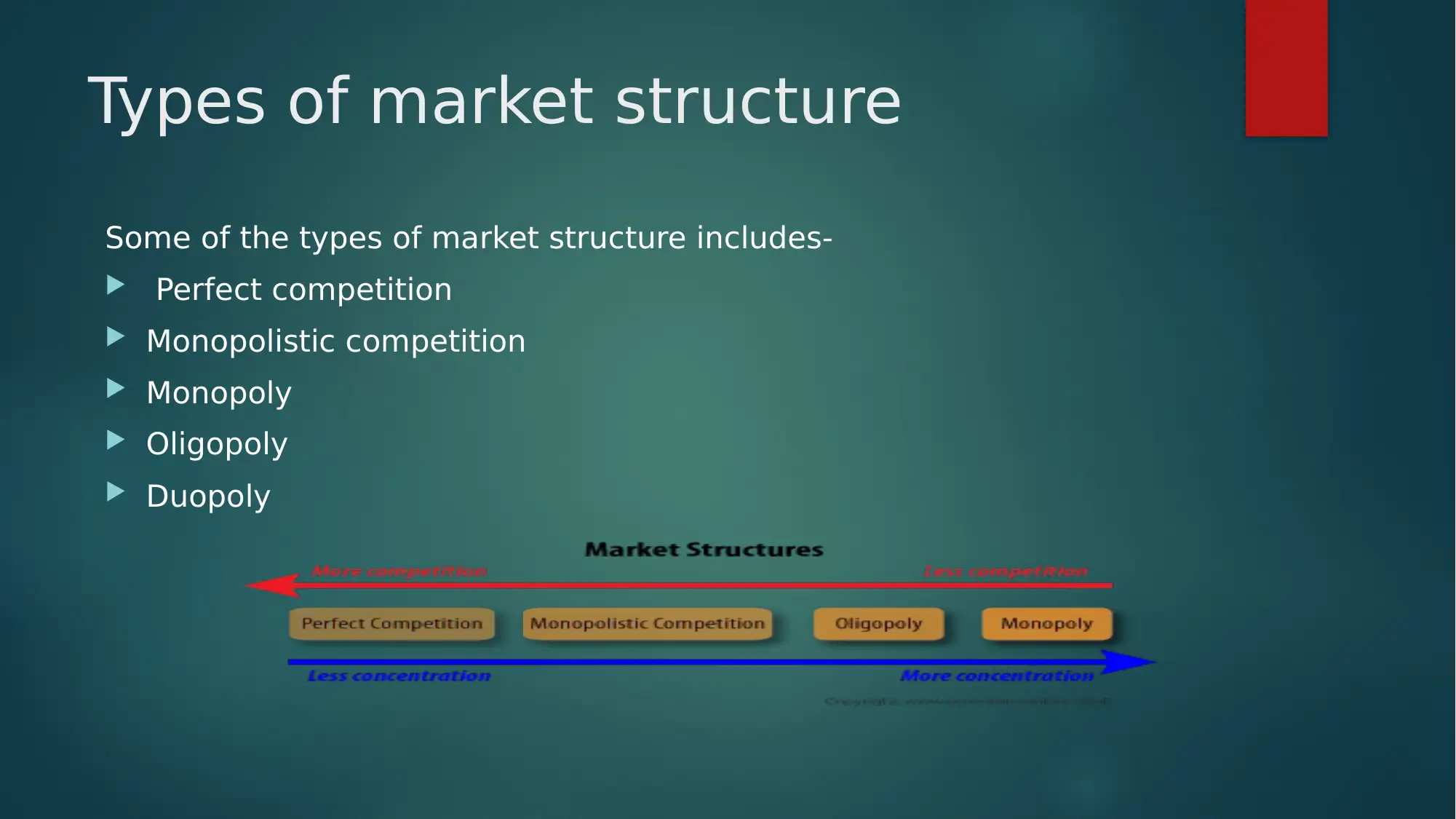

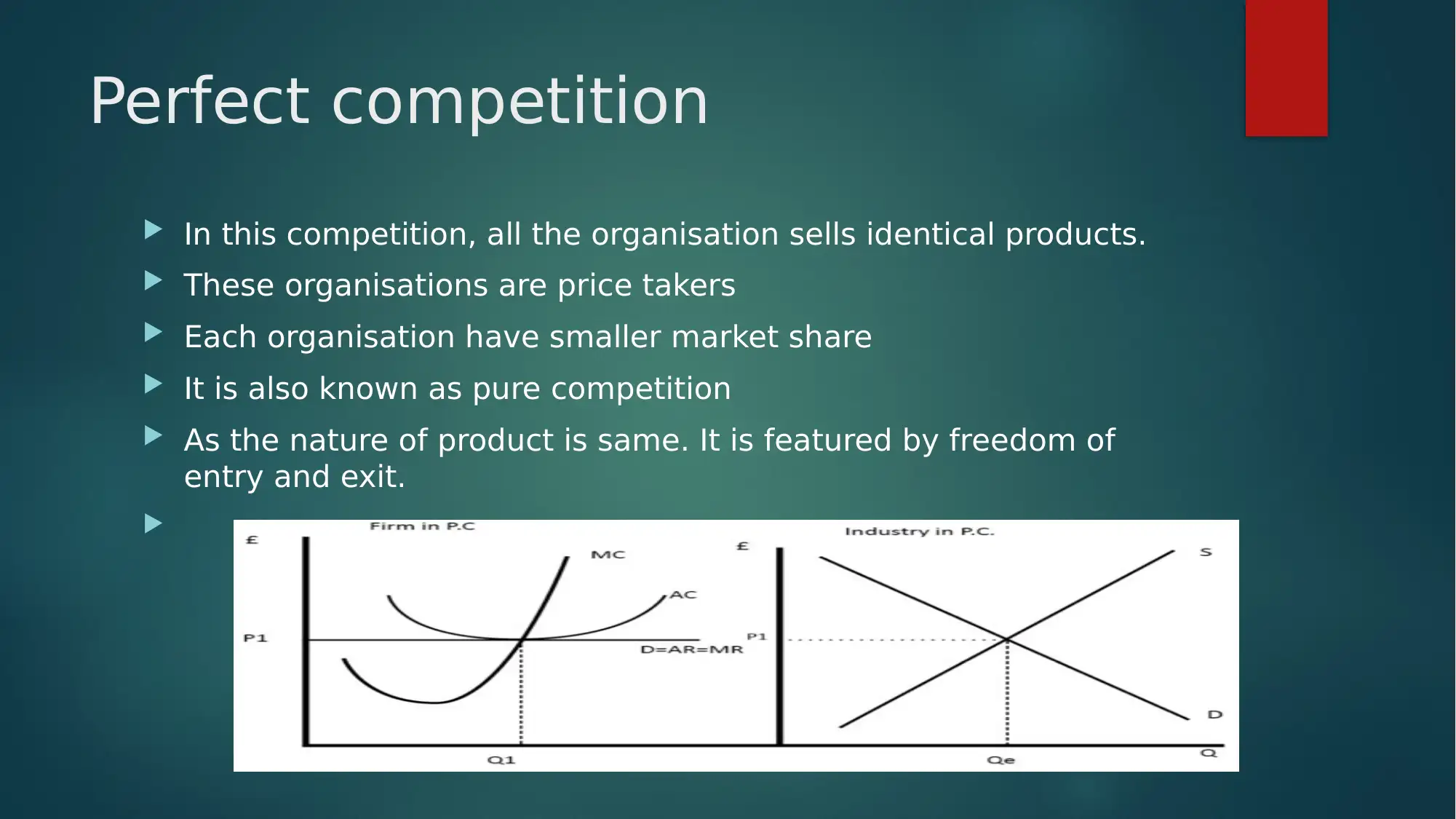
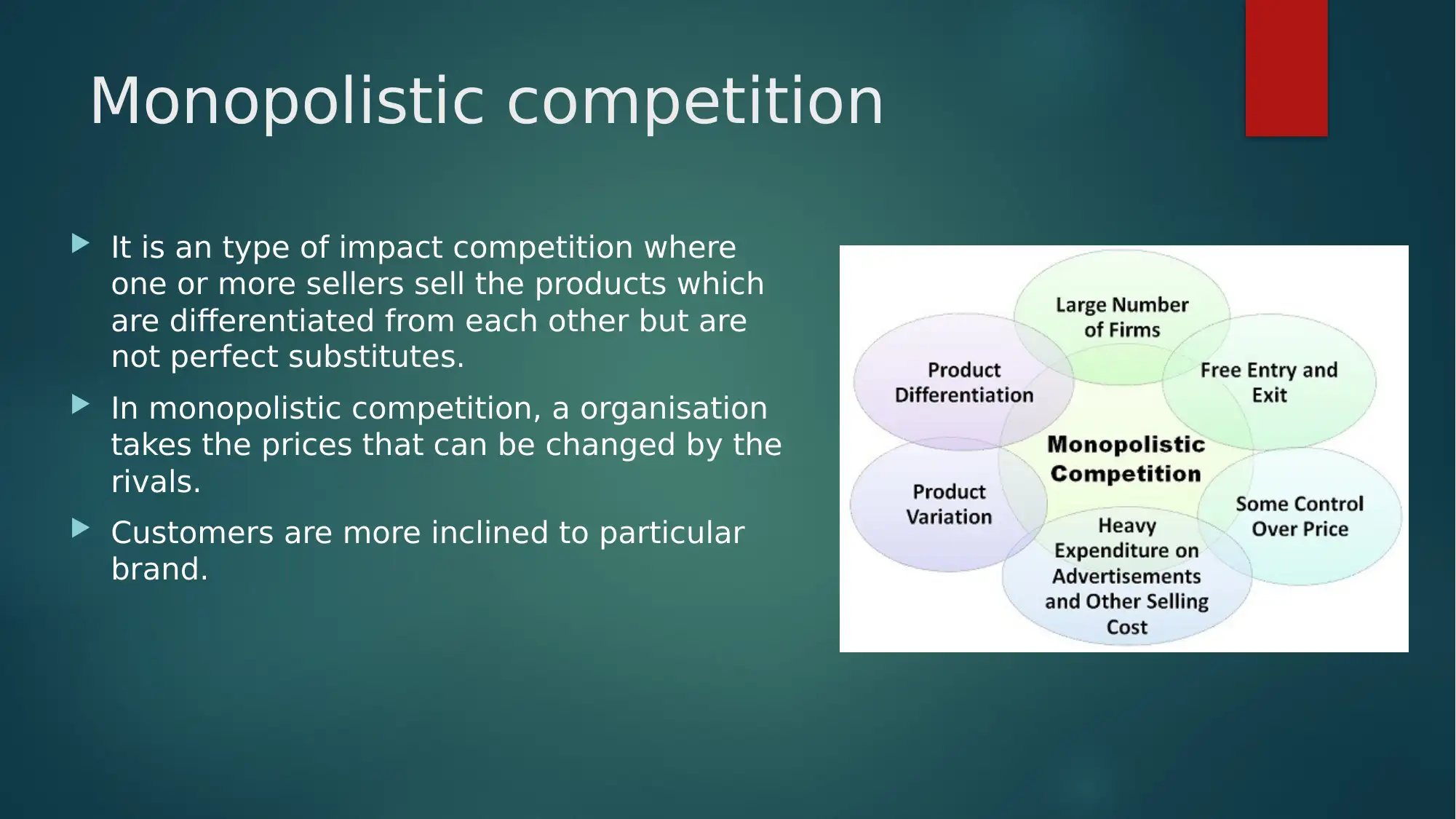
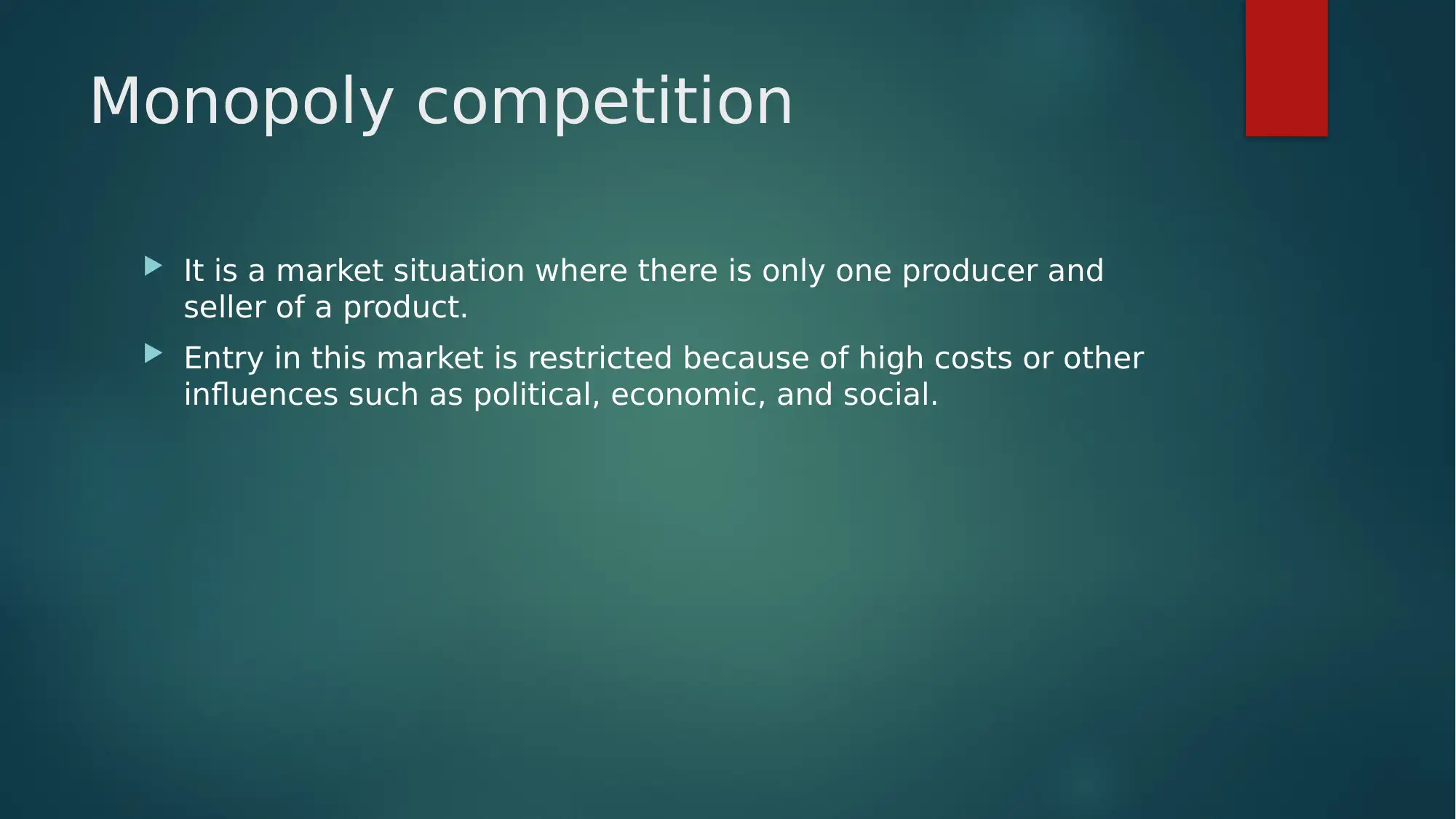
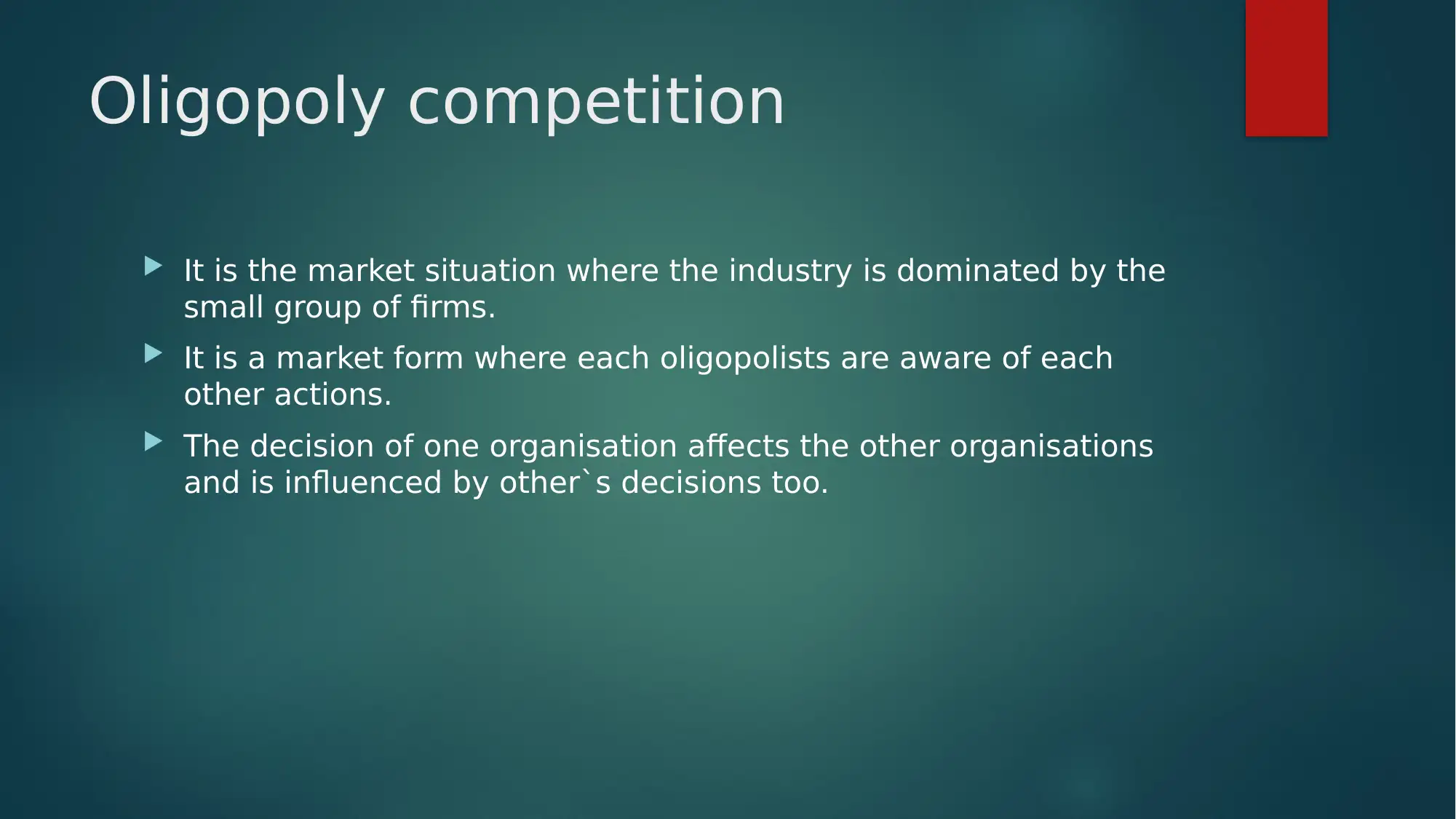
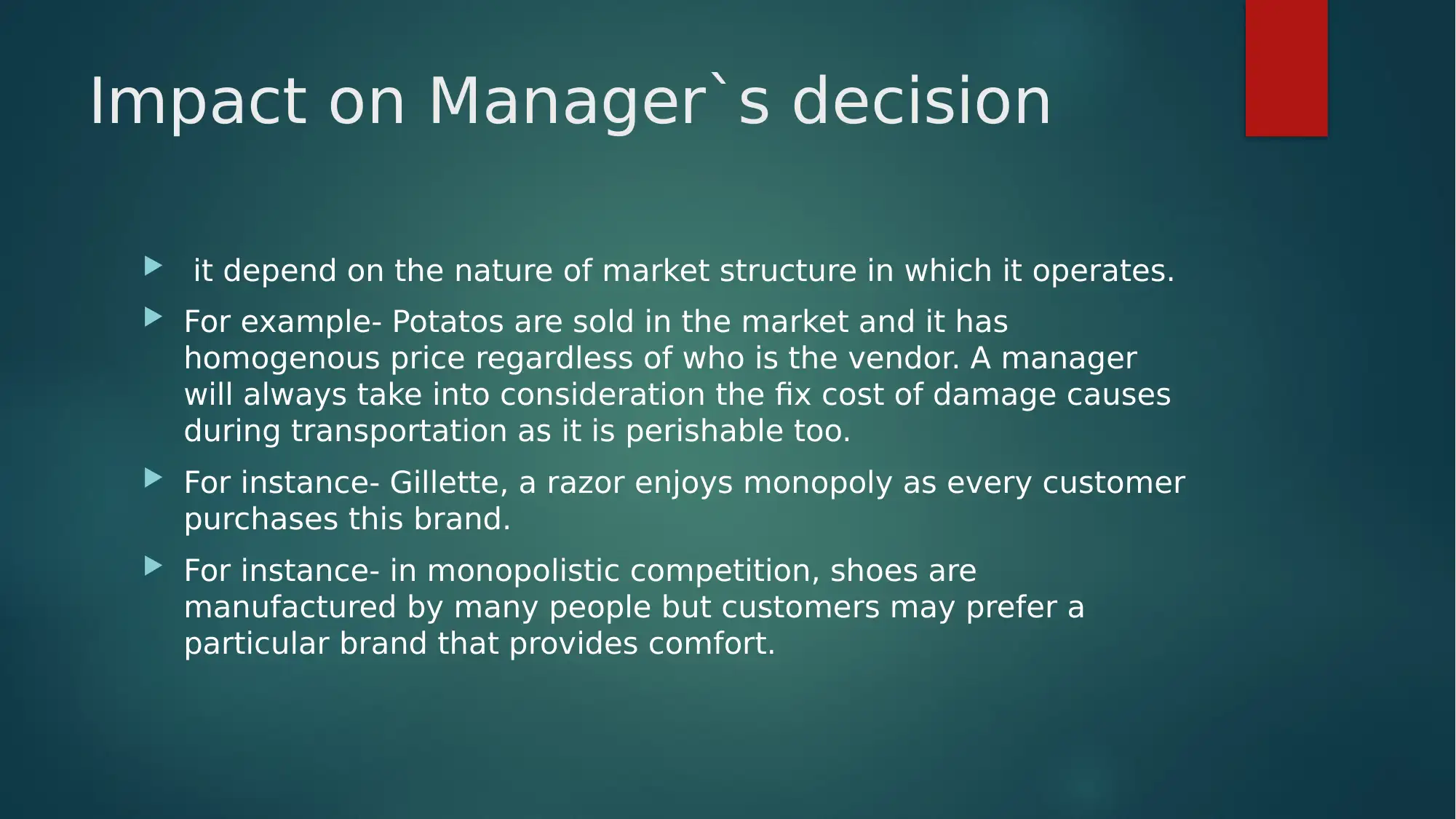







![[object Object]](/_next/static/media/star-bottom.7253800d.svg)